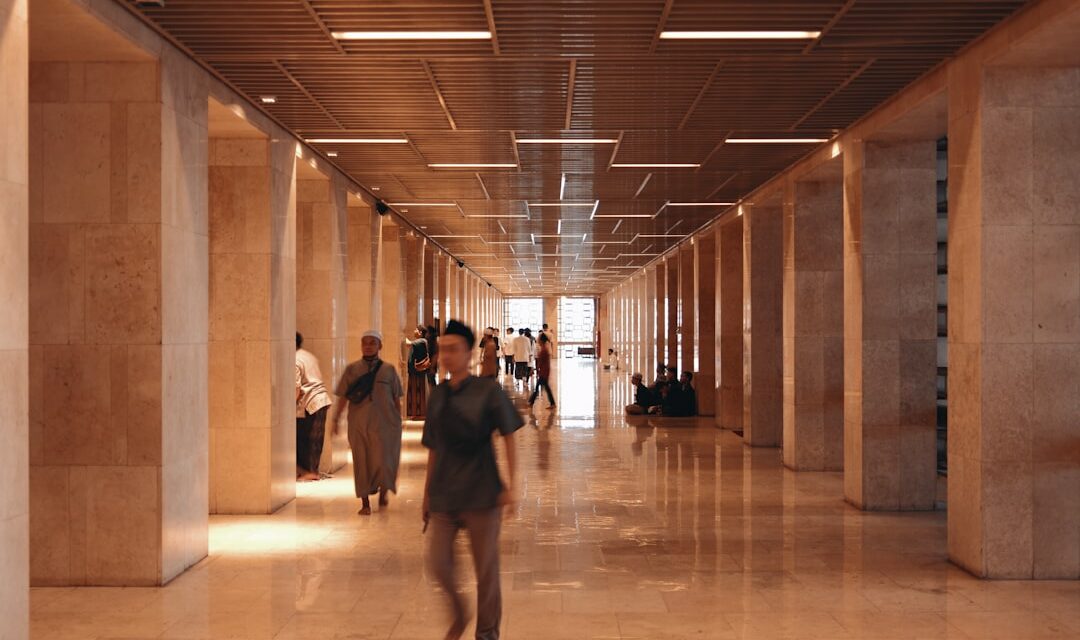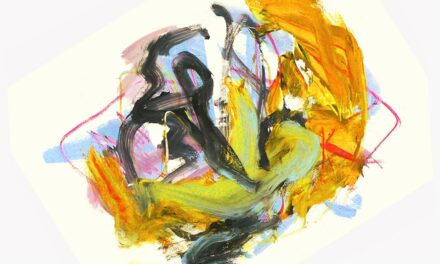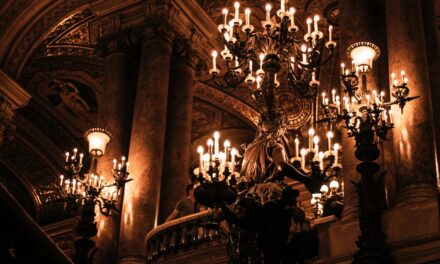Islamic art boasts a rich and diverse history dating back to the 7th century, coinciding with the emergence of Islam in the Arabian Peninsula. The art form was heavily influenced by the cultural and artistic traditions of the regions where Islam spread, including the Middle East, North Africa, and Spain. Islamic art represents a unique amalgamation of various artistic traditions, including Persian, Byzantine, and Central Asian influences, which were integrated and transformed to create a distinct and recognisable style.
The early development of Islamic art can be traced to the Umayyad and Abbasid dynasties, which witnessed the construction of magnificent palaces, mosques, and other architectural marvels. These structures were adorned with intricate geometric patterns, arabesques, and calligraphic inscriptions, which became defining features of Islamic art. The use of these decorative elements served not only aesthetic purposes but also held symbolic and spiritual significance, reflecting the Islamic belief in the unity and harmony of the universe.
The development of Islamic art was also influenced by the prohibition of figurative representation in religious contexts, leading to a focus on abstract and geometric designs. This restriction led to the exploration of new artistic techniques and forms of expression, resulting in the creation of a unique visual language that continues to inspire artists and designers worldwide.
Summary
- Islamic art has its origins in the 7th century with the rise of Islam and the spread of Islamic culture and beliefs.
- Islamic beliefs and culture heavily influenced the development of Islamic art, with a focus on geometric patterns, arabesques, and calligraphy.
- Islamic art is characterized by intricate geometric patterns, arabesques, floral motifs, and a prohibition on depicting living beings.
- Islamic art takes on various forms including architecture, ceramics, textiles, and metalwork, each with its own unique characteristics and elements.
- Calligraphy plays a significant role in Islamic art, with the written word being highly revered and used as a decorative element in various art forms.
The Influence of Islamic Beliefs and Culture on Art
The Principles of Islam and Their Impact on Art
The principles of Islam, including the emphasis on unity, harmony, and spirituality, have had a profound impact on the development of Islamic art. The concept of tawhid, or the oneness of God, is reflected in the use of geometric patterns and arabesques, which symbolise the interconnectedness of all things in the universe.
The Influence of Islamic Prohibitions on Artistic Expression
The Islamic prohibition of figurative representation in religious contexts also influenced the development of Islamic art, leading to a focus on abstract and non-representational forms. This restriction encouraged artists to explore new ways of expressing their creativity, resulting in the development of intricate geometric designs, calligraphy, and decorative motifs that became hallmarks of Islamic art.
The Role of Culture and Traditions in Shaping Islamic Art
Islamic culture and traditions have played a significant role in shaping the subject matter and themes of Islamic art. The rich literary and poetic traditions of the Islamic world have inspired artists to incorporate verses from the Quran and poetry into their artwork, creating a deep connection between art and spirituality. Additionally, the use of floral motifs, arabesques, and geometric patterns in Islamic art reflects the influence of nature and the natural world, which holds great significance in Islamic culture.
The Characteristics and Elements of Islamic Art
Islamic art is characterised by a number of distinct features and elements that set it apart from other artistic traditions. One of the most prominent characteristics of Islamic art is its use of geometric patterns and arabesques, which are often used to decorate architectural surfaces, textiles, ceramics, and other objects. These intricate designs are based on mathematical principles and are used to create visually stunning and harmonious compositions.
Another defining feature of Islamic art is its use of calligraphy as a decorative element. Calligraphy holds a special significance in Islamic culture as it is used to convey the word of God through verses from the Quran. The intricate and stylised script is often used to adorn mosques, palaces, and other religious buildings, as well as everyday objects such as pottery and textiles.
In addition to geometric patterns and calligraphy, Islamic art also incorporates a wide range of decorative motifs inspired by nature, including floral designs, vegetal patterns, and animal forms. These motifs are often stylised and abstracted to create visually striking compositions that reflect the beauty and diversity of the natural world.
The Different Forms of Islamic Art
Islamic art encompasses a wide range of artistic forms and disciplines, including architecture, calligraphy, painting, ceramics, textiles, and metalwork. Each of these forms has its own unique characteristics and techniques that contribute to the rich tapestry of Islamic art. Islamic architecture is perhaps the most well-known form of Islamic art, with its iconic domes, minarets, and intricate decorative elements.
The use of geometric patterns, arabesques, and calligraphy is a defining feature of Islamic architecture, which can be seen in mosques, palaces, madrasas, and other religious and secular buildings throughout the Islamic world. Calligraphy is another important form of Islamic art that holds a special significance in Islamic culture. The intricate and stylised script is used to convey verses from the Quran and other religious texts, as well as poetry and literature.
Calligraphy is often used to adorn religious buildings, manuscripts, textiles, ceramics, and other objects, creating a deep connection between art and spirituality. In addition to architecture and calligraphy, Islamic art also includes a rich tradition of painting, ceramics, textiles, and metalwork. These forms of art often feature intricate decorative motifs inspired by nature and are characterised by their exquisite craftsmanship and attention to detail.
The Role of Calligraphy in Islamic Art
Calligraphy holds a central place in Islamic art and culture, serving as a means of conveying the word of God through verses from the Quran. The intricate and stylised script is used to adorn mosques, palaces, manuscripts, textiles, ceramics, and other objects, creating a deep connection between art and spirituality. The development of calligraphy as an art form reached its peak during the Abbasid period in the 8th-9th centuries when calligraphers developed various styles and scripts that continue to influence calligraphic traditions today.
These scripts include Kufic, Naskh, Thuluth, Diwani, and Nasta’liq, each with its own unique characteristics and aesthetic qualities. Calligraphy is not only valued for its aesthetic appeal but also for its spiritual significance in Islamic culture. The act of writing verses from the Quran is considered an act of devotion and reverence, reflecting the importance of calligraphy as a means of connecting with the divine.
The Geographical Spread of Islamic Art
Islamic art has spread across a vast geographical area encompassing the Middle East, North Africa, Central Asia, South Asia, and Southeast Asia. As Islam spread through conquests and trade routes, it brought with it a rich artistic tradition that influenced local artistic practices and traditions. The early development of Islamic art can be traced back to the Umayyad and Abbasid dynasties in the Middle East, where magnificent palaces, mosques, and other architectural marvels were constructed.
These structures were adorned with intricate geometric patterns, arabesques, and calligraphic inscriptions that became defining features of Islamic art. Islamic art also flourished in North Africa under dynasties such as the Fatimids and Almoravids, who built grand mosques and palaces adorned with exquisite decorative elements. In Spain, the Umayyad Caliphate established a vibrant artistic tradition that blended Islamic, Christian, and Jewish influences, resulting in a unique artistic style known as Hispano-Islamic art.
In Central Asia, the Timurid dynasty patronised a flourishing artistic culture that produced stunning examples of architecture, calligraphy, painting, ceramics, and textiles. South Asia also developed its own distinctive style of Islamic art under the Mughal Empire, which combined Persian influences with local artistic traditions to create a unique fusion of styles.
The Impact of Islamic Art on Contemporary Art
Islamic art continues to have a significant impact on contemporary art and design around the world. The rich tradition of geometric patterns, arabesques, calligraphy, and decorative motifs has inspired artists, designers, and architects to incorporate elements of Islamic art into their work. Contemporary artists have drawn inspiration from Islamic art to create new forms of expression that reflect the beauty and complexity of Islamic artistic traditions.
This has led to a renaissance in traditional crafts such as ceramics, textiles, metalwork, and calligraphy as artists seek to preserve and revitalise these ancient techniques for modern audiences. In addition to traditional crafts, contemporary artists have also explored new mediums and technologies to create innovative works that push the boundaries of Islamic art. This includes digital art, installation art, performance art, and multimedia works that engage with themes related to Islam, identity, culture, politics, and social issues.
Furthermore, the influence of Islamic art can be seen in contemporary architecture around the world as architects incorporate elements of Islamic design into their buildings. This includes the use of geometric patterns, arabesques, calligraphy, and other decorative elements that create visually stunning and culturally resonant structures. In conclusion, Islamic art has a rich history that is deeply rooted in the beliefs, values, and cultural traditions of the Islamic world.
Its distinctive characteristics such as geometric patterns, arabesques, calligraphy have had a profound impact on various forms such as architecture ,calligraphy ,painting ,ceramics ,textiles ,and metalwork .Islamic art has spread across a vast geographical area encompassing regions such as Middle East ,North Africa ,Central Asia ,South Asia ,and Southeast Asia .Islamic art continues to have a significant impact on contemporary art ,design around the world .
If you are interested in exploring different art movements, you may also want to read about Post-Impressionism. This article delves into the artistic style that emerged in the late 19th century as a reaction against Impressionism, and it highlights the works of influential artists such as Vincent van Gogh and Paul Cézanne. Understanding Post-Impressionism can provide valuable context for appreciating the evolution of art and its impact on subsequent movements, including Islamic art.
FAQs
What is Islamic Art?
Islamic art refers to the visual arts produced in the Islamic world, which spans from Spain to Southeast Asia. It encompasses a wide range of artistic styles and decorative elements, often characterized by intricate geometric patterns, arabesques, and calligraphy.
What are the main characteristics of Islamic Art?
Islamic art is known for its use of geometric patterns, arabesques, and calligraphy. It also often features intricate designs, vibrant colors, and a focus on non-figural imagery due to the Islamic prohibition of depicting living beings in religious contexts.
What are the main influences on Islamic Art?
Islamic art has been influenced by a variety of cultures and artistic traditions, including pre-Islamic Arabian art, Byzantine art, Persian art, and Central Asian art. It also incorporates elements from Chinese and Indian art, particularly in the use of decorative motifs and techniques.
What are the main forms of Islamic Art?
Islamic art encompasses a wide range of artistic forms, including architecture, calligraphy, manuscript illumination, textiles, ceramics, metalwork, and glass. Each form has its own distinct characteristics and techniques, but they often share common decorative motifs and design principles.
What is the significance of calligraphy in Islamic Art?
Calligraphy holds a special significance in Islamic art as it is used to convey religious texts and poetry. It is considered a highly respected art form and is often used to decorate architectural elements, manuscripts, and other objects. The intricate and decorative nature of Islamic calligraphy reflects the importance of the written word in Islamic culture.




